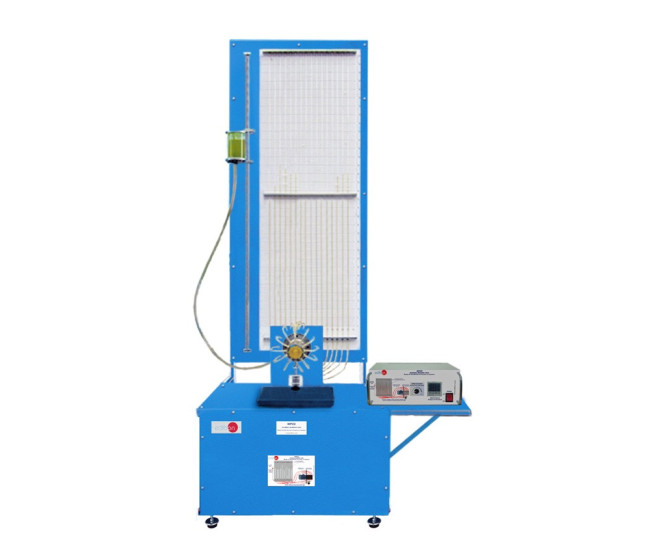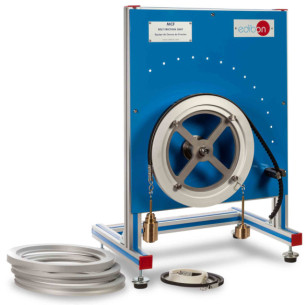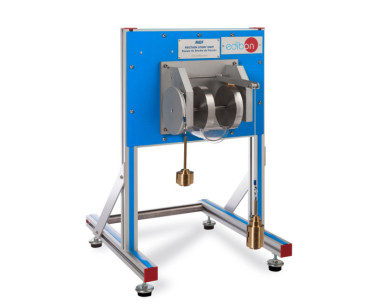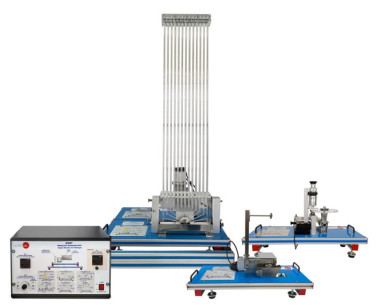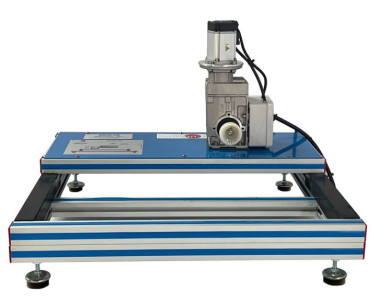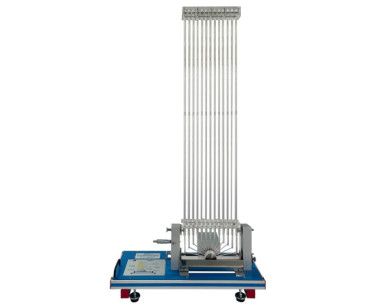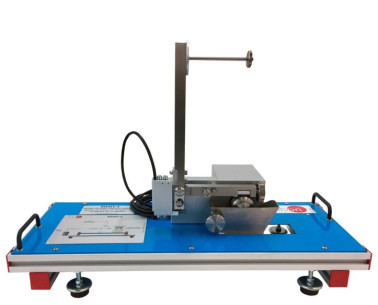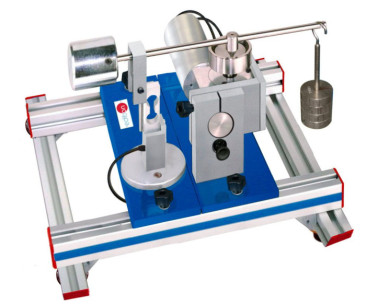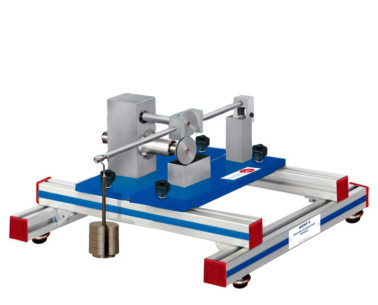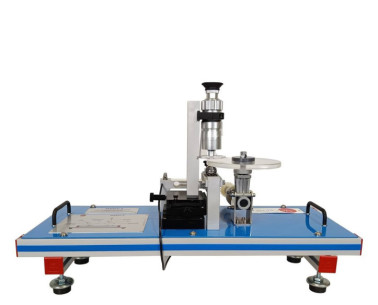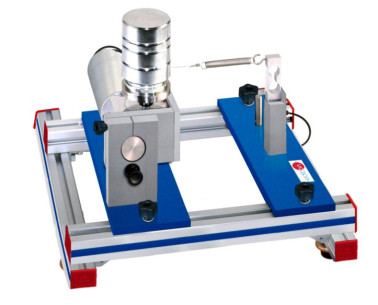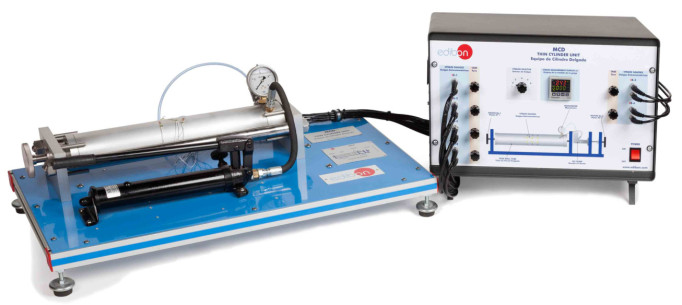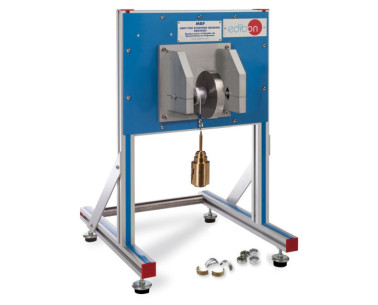MPCO Unité d'Étude de la Distribution de Pression en Roulements
SYSTEMES INNOVANTS
Le Unité d'Étude de la Distribution de Pression en Roulements, "MPCO", conçue par EDIBON, permet d'étudier la répartition de la pression dans les paliers lisses.
Expansions
Laboratories
NOUVELLES LIÉES
Description Générale
Le Unité d'Étude de la Distribution de Pression en Roulements, "MPCO", conçue par EDIBON, permet d'étudier la répartition de la pression dans les paliers lisses. Il illustre le principe de la lubrification hydrodynamique.
L'ensemble est monté sur une structure métallique montée sur roulettes pour sa mobilité.
Le palier lisse se compose d'un palier lisse entraîné par un moteur électrique et d'un logement de palier mobile librement. Le roulement peut être chargé avec différents poids interchangeables. Le déplacement du palier lisse et le film d'huile sont visibles à travers un boîtier de palier transparent.
La répartition de la pression et la capacité de charge peuvent être déterminées sur un modèle de palier lisse à différentes charges et vitesses de palier.
La distribution radiale et axiale de la pression du film d'huile dans le palier lisse peut être enregistrée dans l'espace de palier à 12 prises de pression équidistantes autour de son périmètre et quatre sur la longueur. Toutes les prises de pression sont reliées par des tubes en plastique flexibles au panneau arrière multi-manomètre avec 16 manomètres à tube montés à bord, pour afficher la pression d'huile aux 16 points à tout moment.
Les charges sont appliquées à l'aide d'un cintre et d'un ensemble de poids. La vitesse du moteur est contrôlée à partir d'une console électronique.
L'unité comprend un réservoir en méthacrylate réglable pour le remplir d'huile.
Des exercices et pratiques guidées
EXERCICES GUIDÉS INCLUS DANS LE MANUEL
- Démonstration du principe de lubrification hydrodynamique.
- Déplacement des tourillons d'arbre par rapport à la vitesse.
- Détermination de la répartition de la pression dans le roulement à charge constante et à différentes vitesses.
- Comparaison des profils de pression théoriques avec les résultats pratiques.
- Observation du coin d'huile (épaisseur du film) et donc des variations d'excentricité pour différentes vitesses et charges.
- Démonstration de la vitesse critique par rapport à la charge.
- Démonstration de la vitesse critique et de la viscosité en fonction de la température de l'huile.
- Démonstration de vibrations auto-excitées.
EQUIPEMENT COMPLEMENTAIRE
Unité d'Étude de Friction
Unité Modulaire de Tribologie
Unité d'Entraînement pour les Tests Tribologiques
Distribution de la Pression Radiale dans un Palier
Friction Dynamique d'un Cylindre sur un Rouleau
Friction Dynamique d'une Goupille sur un Disque
Friction par Rotation sur des Roues
Lubrification Elastohydrodynamique
Vibration / Friction
Unité de Cylindre Mince
Unité pour l'Étude du Frottement Porteur
Qualité

Service après vente

 Préférences sur les cookies
Préférences sur les cookies

